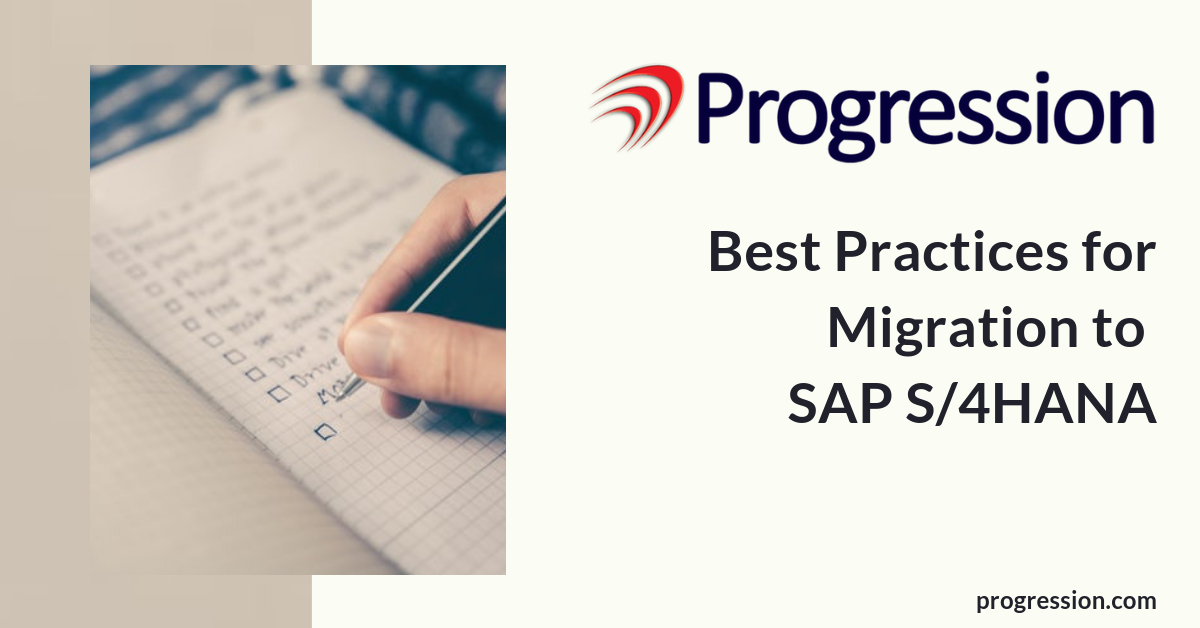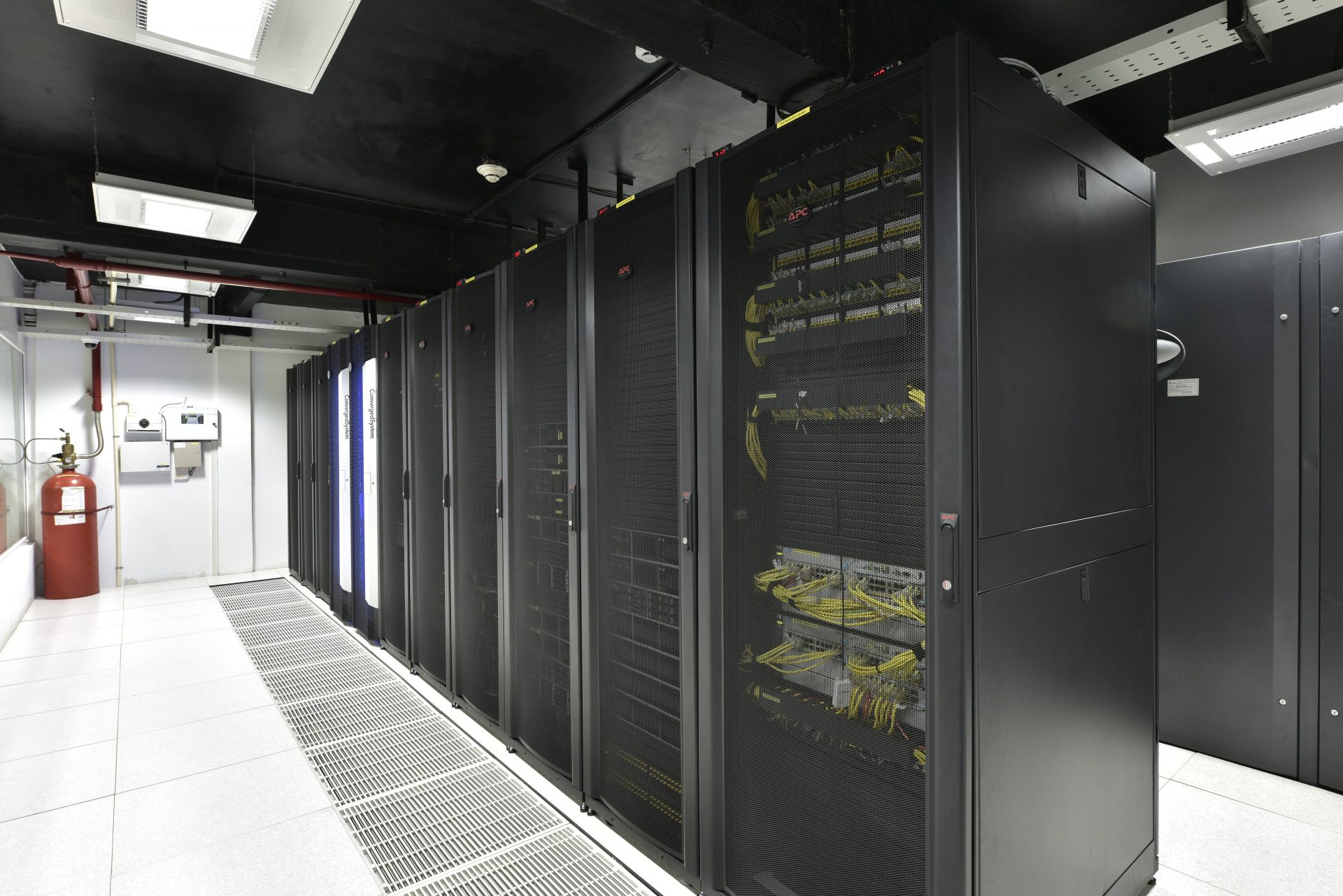SAP S/4HANA is the most successful SAP’s ERP frameworks. If implemented correctly, it delivers outstanding results, performances, analytic intelligence, integration capabilities, and data processing improving the ROI. Regardless of whether businesses wish to start from scratch involves setting up new, clean instances of S/4HANA which could be hosted on-premises or in the cloud. Or migration of an existing SAP business suite instance to S/4HANA offering speed to consolidating the SAP systems in case there were more than one SAP instances running for each business unit. The five key advantages of picking S/4HANA are high performance, simplicity, agility, reduced cost of ownership and invention.

S/4HANA MIGRATION BEST PRACTICES
1. Get the sizing correct for your HANA landscape
The most fundamental step is sizing the infrastructure of SAP HANA very carefully while creating a technical project plan. Oversizing could lead to excess capacity and bloated hardware while under sizing can cause unexpected delays that will increase operational costs. Hence, correct sizing the scope by decreasing the initial capital investment as well as operational cost becomes important to increase the ROI. The data results in SAP are stored in a compressed manner. Hence it is not very easy to guess the amount of memory required. SAP Quick Sizer tool along with relevant SAP notes and SAP sizing reports are used for estimating the memory requirements. Correct sizing consists of three major steps including memory sizing for static and dynamic data, disk sizing for persistence storage and CPU sizing for transactions, queries, and calculations.
2. Choose the right migration strategy on the right platform
There are varieties of platforms and methodologies available which can be selected on the basis of business needs, resources, and budget. Businesses may choose to run SAP HANA on-premises or in the cloud. The hardware must be enterprise-grade. Major players in this industry are HPE and IBM Power. IT platform chosen must be scalable, flexible, responsive, and secure along with the ability to mitigate risk. Organizations can choose to use the Database Migration Option (DMO) in SAP Software Update Manager (SUM) which combines the system update and a technical migration. On the contrary, the standard system copy approach using tools like SWPM, R3load and Migration Monitor can be used.
3. Clean the data
Reduce data size will help database migration take less time. It is advised to keep only important data to perform migration efficiently. Either the data can be standardized based on the information in master data sets or the fields can be adjusted to new standard blueprints for information. Purging or archiving at regular times gives benefits like a reduced data footprint cutting the infra costs.
4. Set high implementation standards
Maintain distance from alternate routes at this phase and stick to the high and strategic standard. Being efficient in all the fundamental activities from planning to migration is the way to the successful migration. Migration team must be aware of the technical migration guidelines. SAP gives the most recent fixes and solutions for regular issues with each version; in this way, it’s smarter to use the most recent one. Remember to take regular backups and avoid unnecessary risks to guarantee smooth and successful migration.
5. Do a POC
It’s a smart thought to test your migration in a Proof of Concept (PoC) phase before you pull the trigger on the full movement. The PoC will empower you to approve the movement procedure. Performing a POC in an SAP sandpit environment will help distinguish issues that may contrarily influence the complete migration and help improve overall productivity.
MIGRATION TO SAP S/4HANA MUST BE DONE RIGHT
Migration is a complex and technical process. It can be easy or profoundly problematic relying upon how well you plan. Great strategic planning is the key to succeed with SAP HANA migration. The organizations should work towards controlling the expenses and downplaying disruptions. However, after it is completed successfully, businesses would need a reliable foundation to focus on core competencies and having SAP always up and running. Should they choose to go on-premise, they must ensure that they procure hardware from certified sellers who have expertise in setting up infrastructure for SAP HANA and if they choose to go on cloud, they must choose the right cloud partner.
Progression has 23 years of IT experience and has been offering managed private cloud hosting for SAP HANA to clients in multiple verticals. We have expertise in the interoperation of different components of the infrastructure stack. Our consulting helps in optimizing the requirements and providing the best-fit solutions for a business requirement of the client. We hold deep expertise with the HANA platform as well as its working framework, hosting environment and migration methodology. Without these skills, your hosting partner won’t certainly provide the SAP HANA benefits like security and business esteem, high performance and availability. Progression gives a one-stop solution for the migration to maintenance and hosting afterward. For sure, the wrong partner may not have the capacity to finish these tasks successfully at all. The flexibility and responsiveness of our IT team are unparalleled. Whatever IT takes motto makes us responsive and delivers what has been committed to clients on time. We offer flexibility to ensure our clients never have to worry about IT or downtime.



